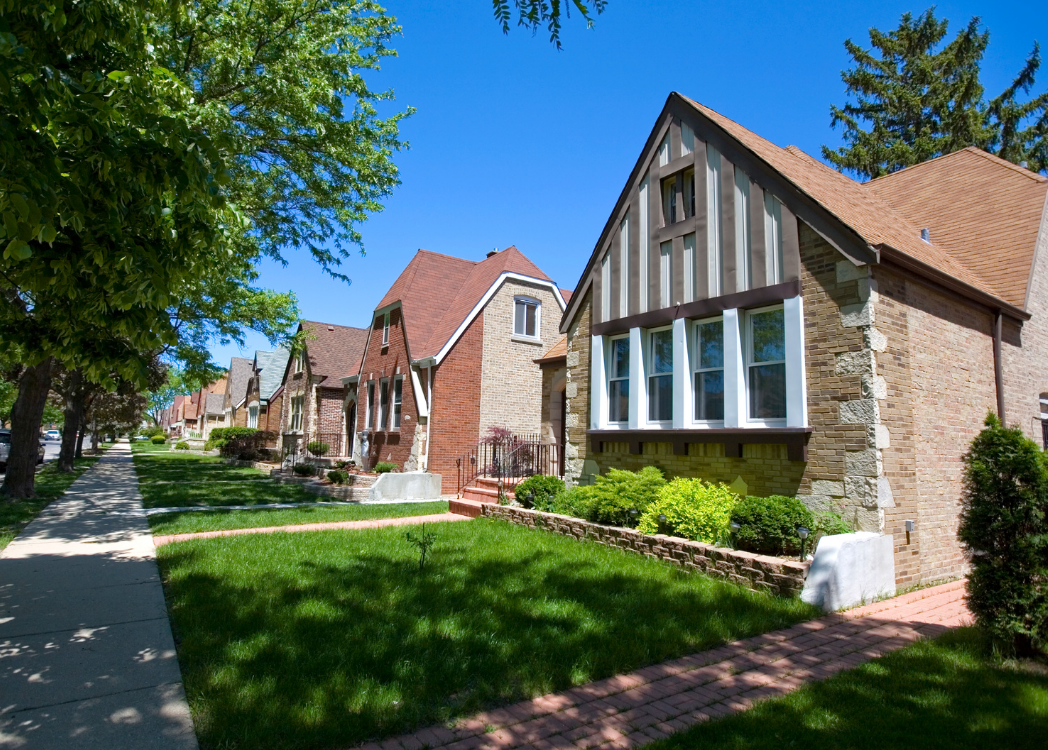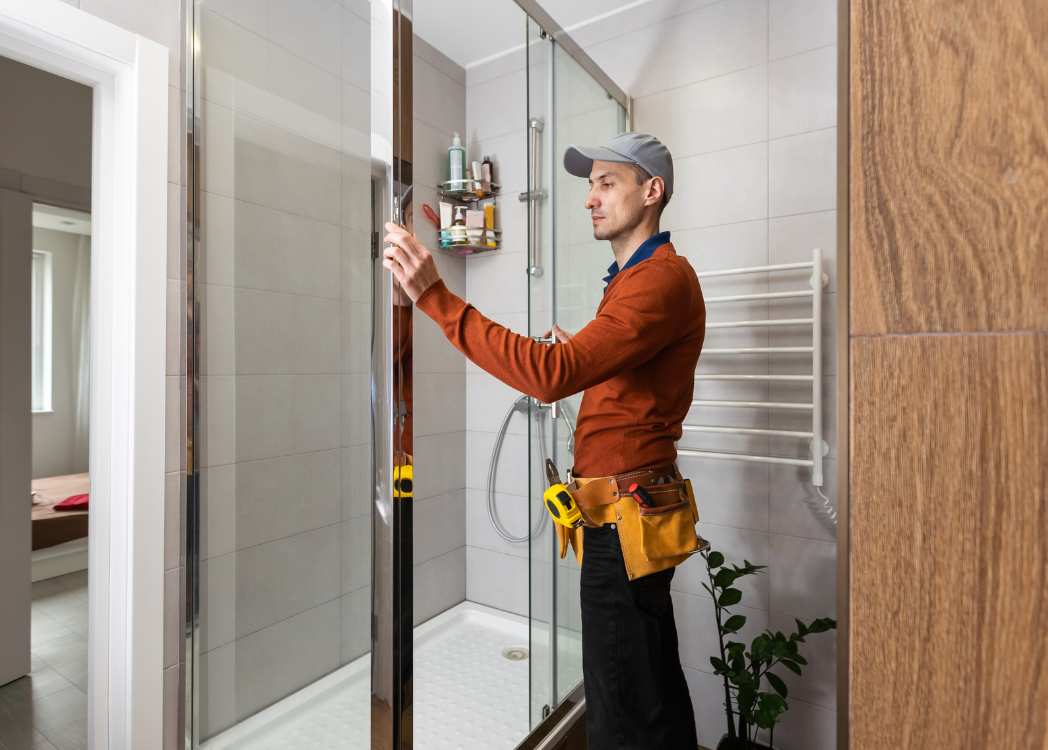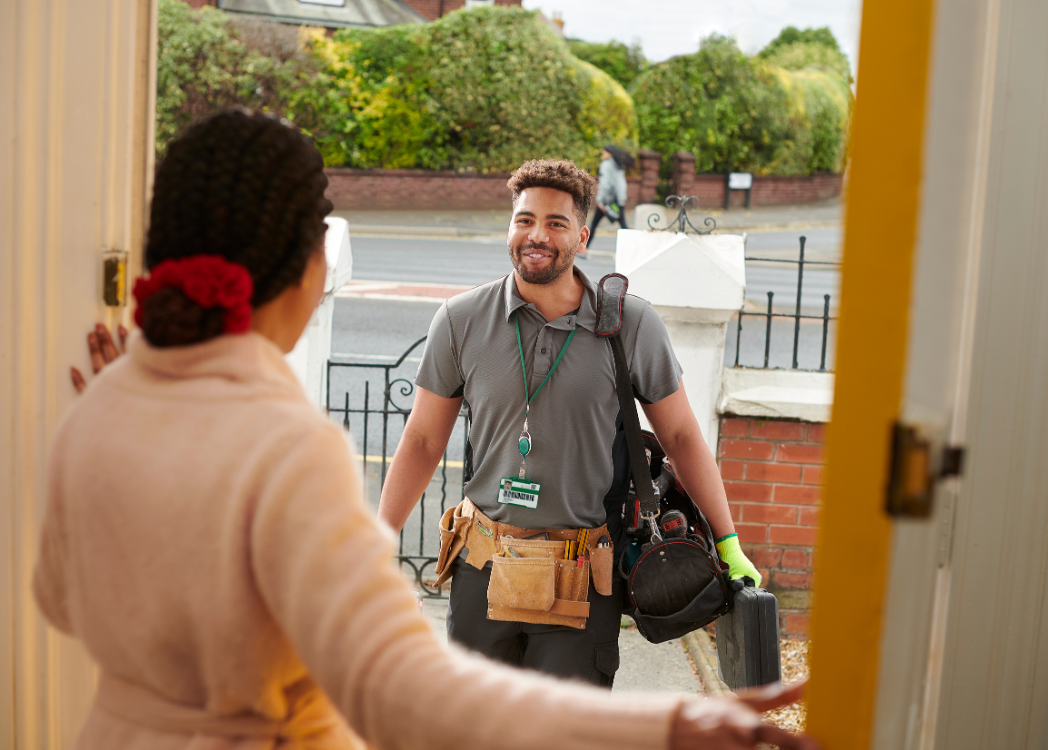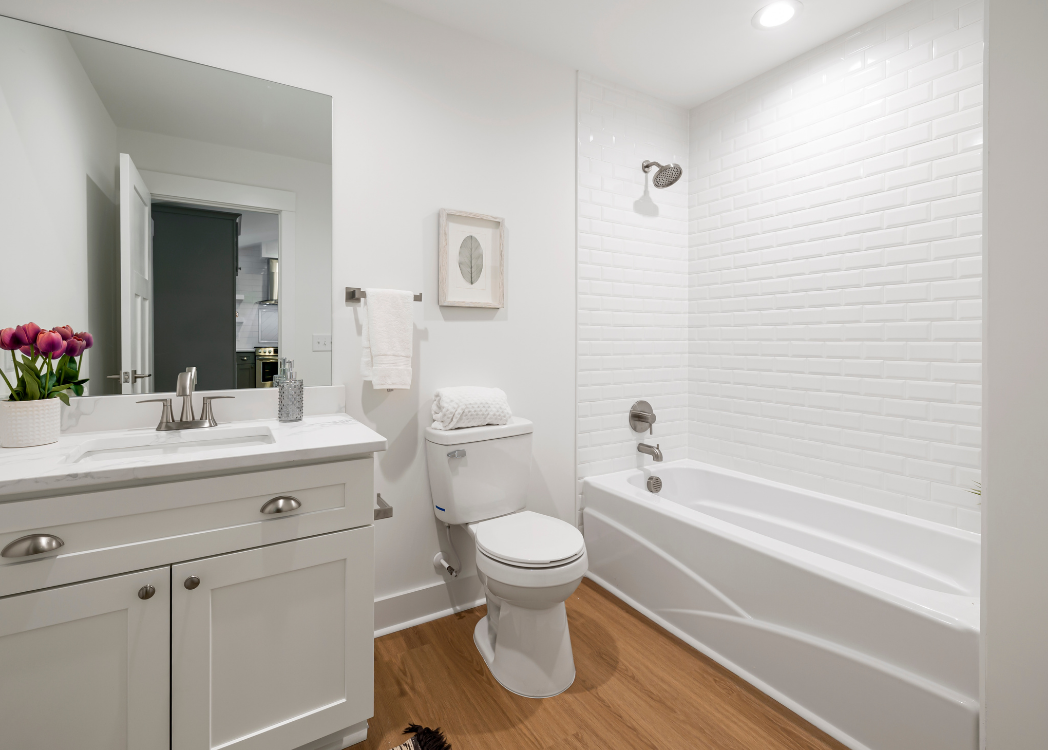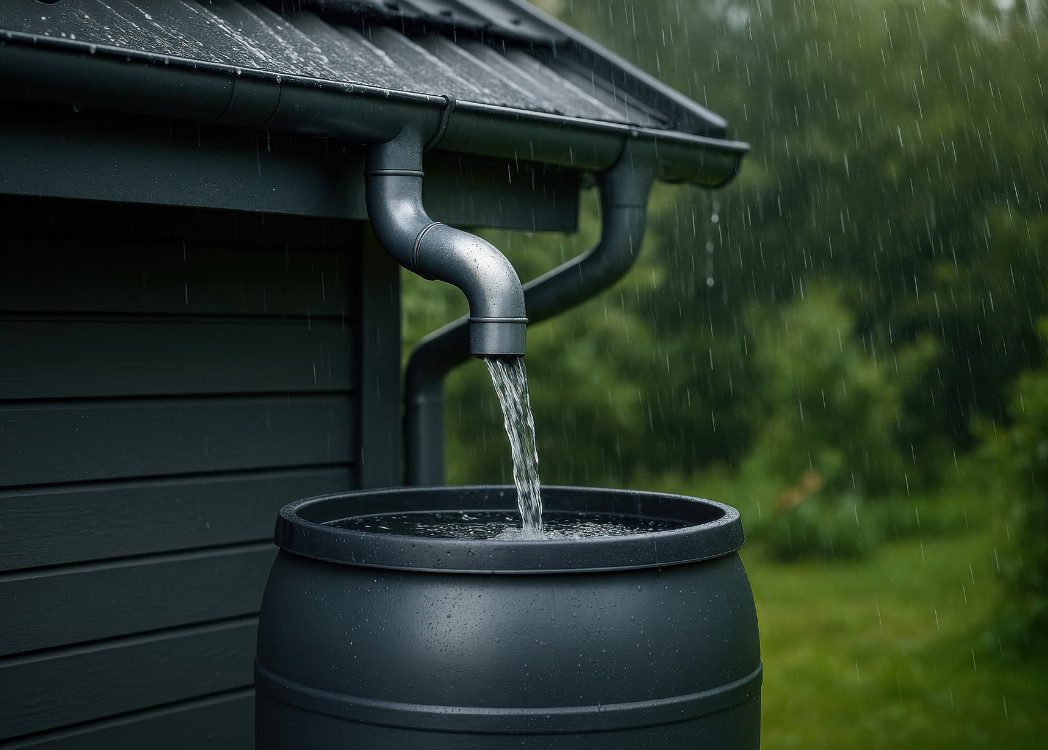Flooring Fixes - Repair or Replace?
How to know when your floors need patchwork versus a full overhaul.
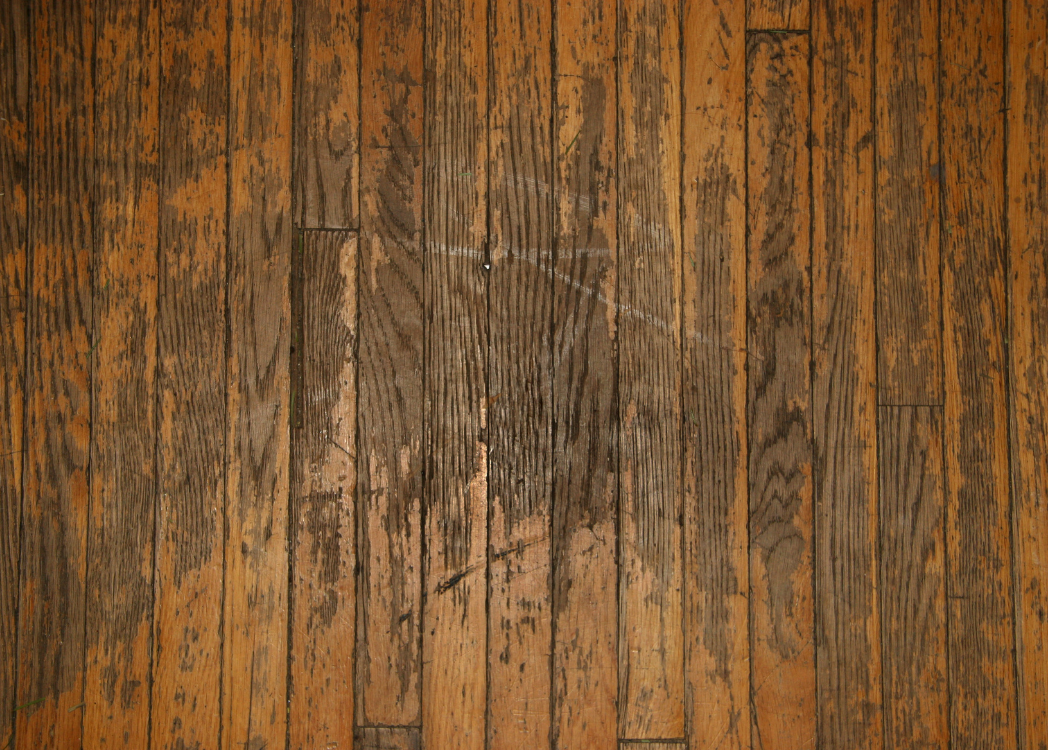
Floors take a beating. From pets and kids to Chicago’s wet, muddy winters, they’re often the first part of a home to show wear and tear. But not every flooring issue means replacement. Sometimes, smart repairs are all you need.
Knowing when to repair versus replace comes down to the type of damage, the material and how much life your flooring still has left.
The Most Common Flooring Issues
The top problems we see include:
- Scratches and scuffs on hardwood or laminate
- Water damage from leaks or spills
- Damaged transition strips where flooring meets doorways
- Uneven planks from sinking or missing pieces
Repair vs. Replace
So when do you repair, and when do you replace? Our rule of thumb:
- Repair if damage is isolated (a few boards, a scratched section, a missing transition strip).
- Replace if there’s structural damage, widespread water issues, or the flooring is at the end of its lifespan.
Hardwood floors in particular can often be refinished instead of replaced. This helps keep costs lower while giving the entire surface a fresh, uniform look.
Popular Material Choices
In Chicago homes, it’s often hardwood or laminate, depending on the age of the house. Tile is almost universal in bathrooms — sometimes even extending to walls or ceilings. Each material has its quirks, which is why choosing the right repair approach matters.
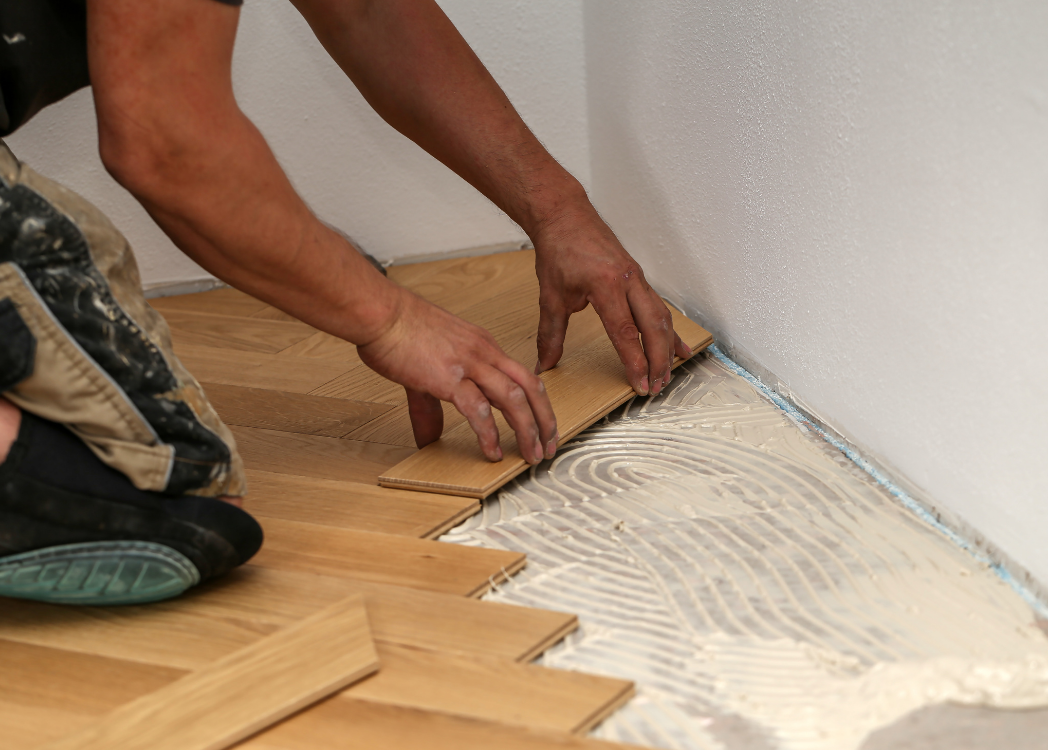
Stories from the Field
Refinishing hardwood floors is a great example of a repair that delivers big results without a full renovation. Old, scratched wood can become warm, glossy, and inviting again.
On the other end, strategic patchwork can also save money — repairing sections instead of replacing an entire floor often makes sense when damage is contained.
👉 If you’re unsure whether your floors need patching, refinishing, or a full replacement, contact Handy Geeks for honest advice and practical solutions.





